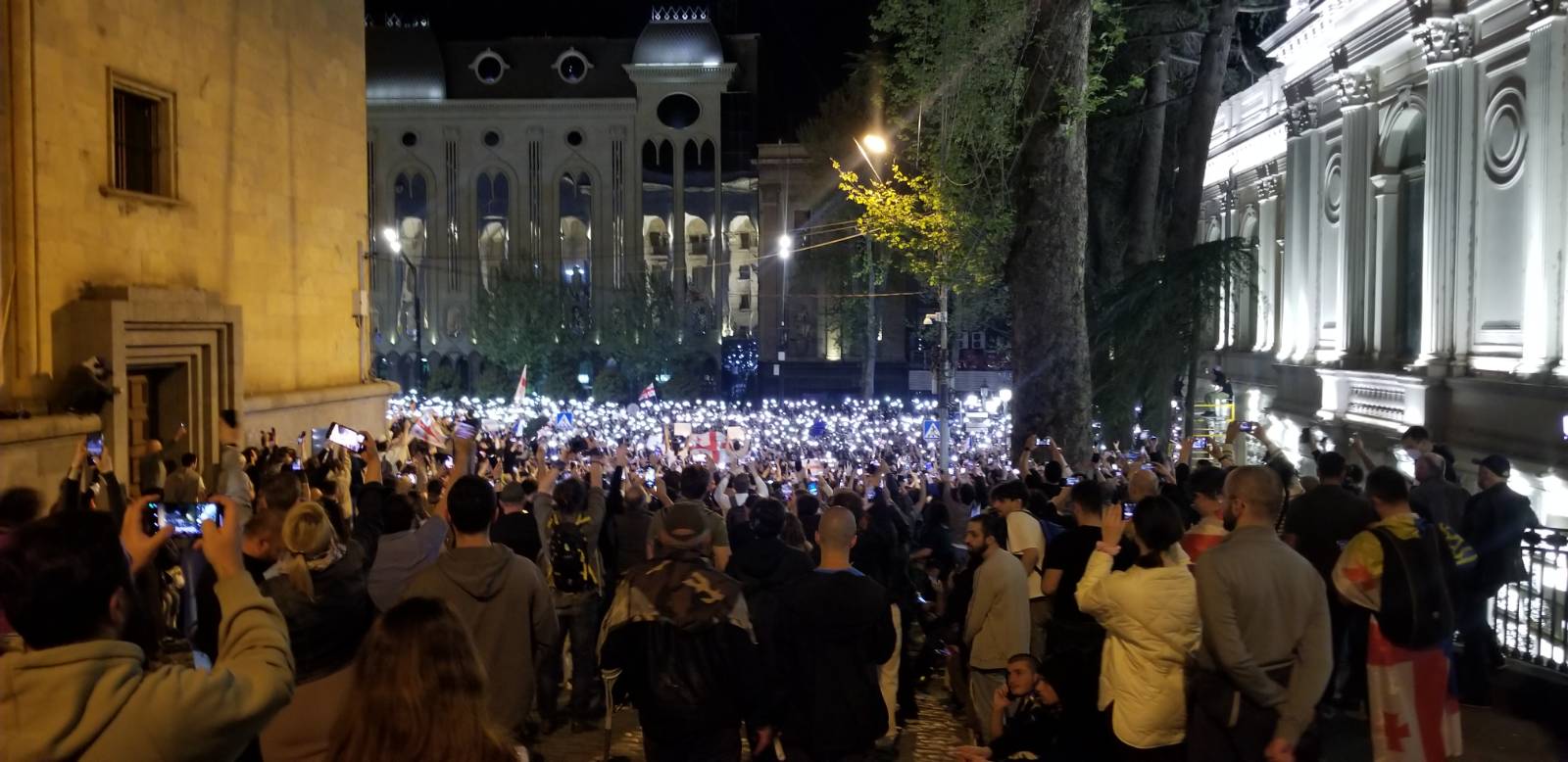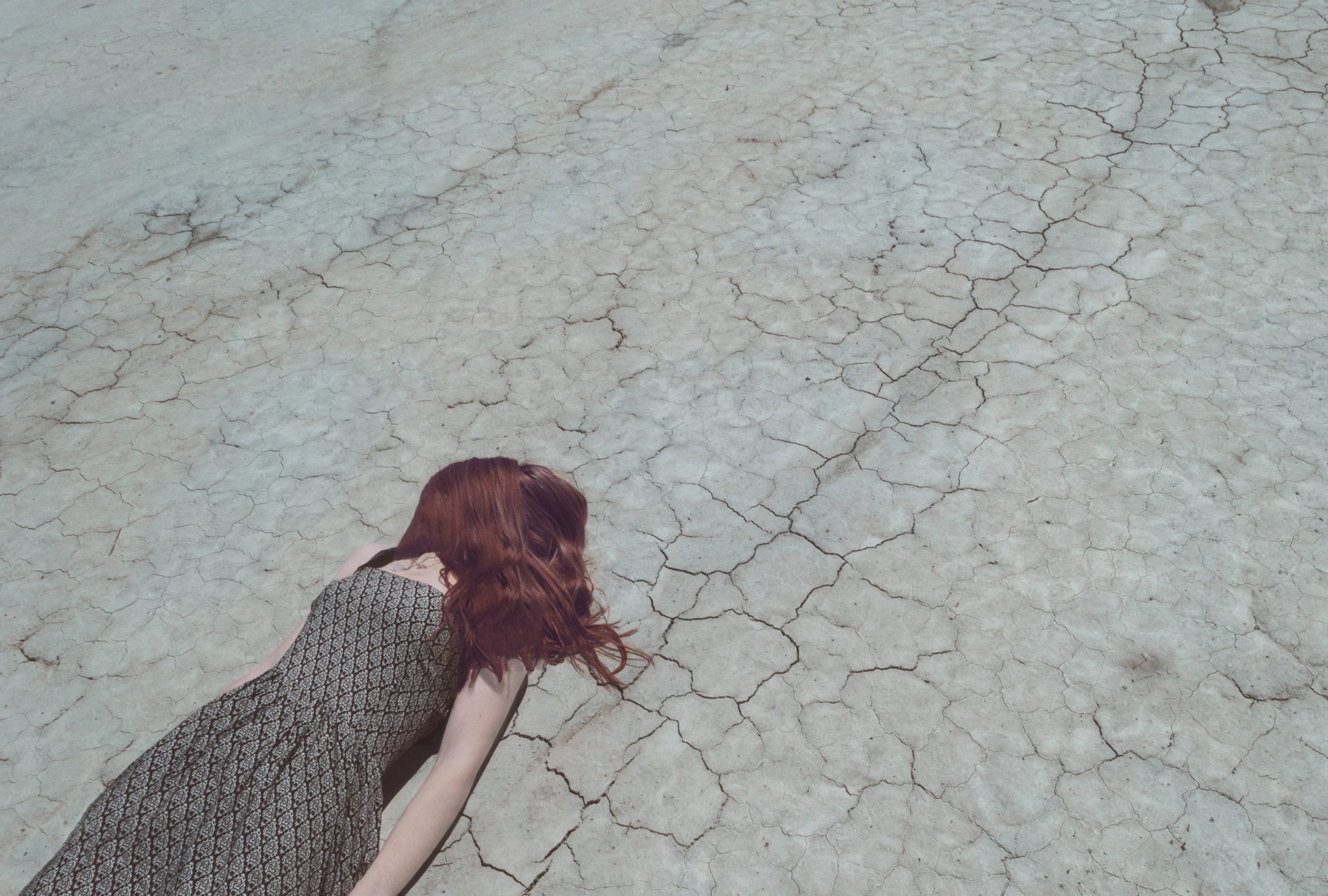At first glance of a badger sett covered in steel wire mesh and belting, it is easy to presume that its residents are victims of some form of persecution. In fact, the sight is reminiscent of the controversial method used during the construction of HS2 railway to evict badgers, which includes an exit-only system at sett entrances. Luckily for these badgers though, this particular installation doesn’t include this and will in fact protect their underground refuge.
This lesser known method to protect badgers is carried out by Neil Harris who, as well as taking his own initiative, also works with West Yorkshire Hunt Saboteurs and South Yorkshire Badger Group and has taken a direct response to the plight of wildlife for fifteen years.
His journey however began many years before at a young age. ‘The anti-hunt seed was planted many years before when I was just 11’, he explains. At the time, Neil was confronted with the reality of hunting by a friend who joyfully reminisced of how she was bloodied; a tradition of having blood smeared on their face after witnessing their first kill. The revelation made him extremely uncomfortable and stuck with him. It was later as an adult, though, that he took a practical approach to animal rights.
Neil initially worked at a cat rescue centre before getting involved in direct action some fifteen years ago. After befriending hunt saboteurs he had met during an anti-fur demonstration he soon became part of a group and was quickly exposed to the widespread persecution of wildlife, especially of badgers.
The Problem
Despite the passing of the Protection of Badgers Act 1992, the wild animals continue to be persecuted. Under the Act, it is an offence to take, injure or kill badgers as well as interfering with a sett but does little to deter those who see them as a pest. ‘Badger persecution goes back hundreds of years … nothing has really changed’, Neil states. Unsurprisingly, this continuation of historic ill-treatment is linked to other controversies in the countryside; fox hunting and bird shooting.
During a hunt, if an exhausted fox can no longer outrun hounds and has not yet been caught, they will seek refuge underground in an earth or a badger sett. This instinctive act of desperation, however, is prevented by earth-stoppers; members or supporters of the hunt who block fox earths and badger setts. By doing this, resident badgers will likely suffocate.
When a sett hasn’t been blocked, the hunted fox will be dug out by terriermen. Neil believes that many are also involved in badger baiting and will take advantage of the opportunity. Whether associated with a fox hunt or not, they suffer the same fate. He explains;
‘They put a terrier down the entrance of the sett backing the badger up. The locator on the terriers collar shows the baiter where it is, they then dig down and pull the badger out. They are then forced to fight the dogs to their death.’
Not all badger persecution is linked to fox hunting though. Shooting estates are also detrimental to local populations and use a variation of means. As well as being dug out or having their setts blocked, they have been poisoned and caught in snares.
Neil believes that in the last decade, the problem has also become exacerbated by government policy; ‘All of this happens quite often, more so with the advent of the badger cull which has given these people the green light for cruelty’.
Though it is difficult to analyse the relationship between the government sanctioned cull and the illegal persecution of badgers, figures in a recent report published by Wildlife and Countryside Link states that in 2020, there was a 36% increase in reported badger related crime.

Sett in steel
Protecting badgers and their setts is initially carried out by monitoring. As well as checking for any signs of human interference, evidence of healthy badger activity is also observed, including fresh spoil heaps, latrines and bedding. When there is an indication, if not immediate proof, of a sett becoming targeted by badger baiters, remote cameras will be installed which are accompanied by signs warning that the area is being monitored. Though Neil states that this can deter a dig out, he admits it is not always successful and he has no choice but to fortify the entire sett.
‘It is a last resort’, he says. ‘This method is only used if the sett is constantly attacked by baiters.’ The idea is simple; remove an initial layer of earth around and above an active sett, lay down recycled thick gauge steel mesh and belting and then replace the removed earth. Simple as it is, the installation is a considerable effort which may be seen as controversial.
It is near-impossible to not cause any disturbance to badgers during installation but Neil reassures that this is kept to minimal as the whole operation is completed within a day using a team of volunteers and is justified as the protection it gives can last up to 40 years. Though the topography is initially altered, the evidence of an installation becomes unnoticed once vegetation has grown back.
‘I don’t have any info on how the idea came about’, Neil recollects, ‘but one before my time with the group was installed in 1985.’ Since then, this initiative has been consistent and is estimated to be used on at least 400 setts thanks to the permission of landowners and councils.
No system is perfect. ‘Sadly, some protected setts have been breached in the past’, Neil explains. This is rare and he remains positive as ‘a lot of the setts that have been protected in the past have been left alone.’
Digging out a sett is a labour-intensive task in itself so it is no surprise that badger baiters give up once they have discovered a protective layer of steel, which they can only penetrate using industrial equipment over a lengthy period of time.
As Neil confidently states, ‘Life is made very difficult for them.’

Challenges & Moving forward
This line of work doesn’t come without risk. Like many others acting to protect wildlife from persecution, he has been on the receiving end of aggression and violence, including having bricks thrown through his windscreen whilst driving and being physically attacked causing serious injury.
Whilst this may put others off, it reinforces Neil’s empathetic approach and the need to take action. ‘We feel the horror and the terror the animal faces and that’s what strengthens our motivation to stop this cruelty’, he explains.
Though badger baiters have been prosecuted, Neil believes that sentencing should be taken seriously, with harsher consequences. Strengthening the Hunting Act 2004 and Protection of Badgers Act 1992, he insists, would be one way of doing so.
Though aware of the current limitations, he remains positive. Reflecting on ambitions for the future, Neil explains that he is looking at setting up an investigation group that uses convert tactics as well as educational outreach to the public through seminars.
Grass roots initiatives such as this are often modest and can be little known but their achievements should be celebrated and their efforts should be appreciated. The scale of badger persecution can be daunting but people such as Neil, as well as the other volunteers and groups he works alongside, continue to give the wild animals a form of protection. Without them, the circumstances would be ever more bleak.
~ Aidan Frere-Smith
Images: Neil Harris








